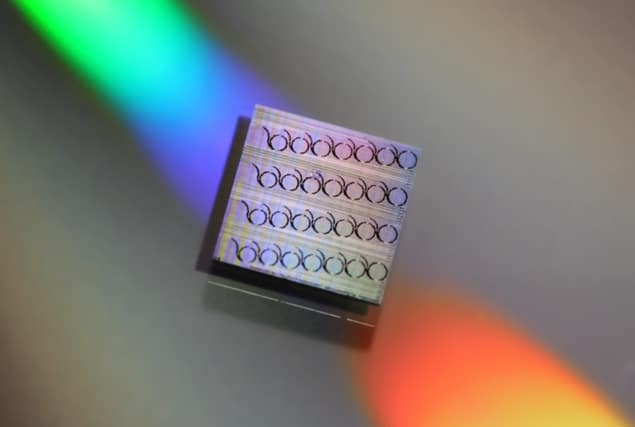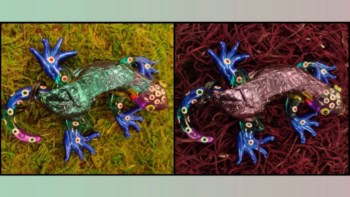
In today’s fast-changing world, we are continuously upgrading our existing technologies and developing new ones. Yet, the basis of many breakthrough technologies lies in fundamental principles of physics. One example is the Doppler effect, which states that the frequency of a wave changes when its source is in motion relative to an observer. A car engine, for example, sounds different depending upon whether it is approaching us or receding. Likewise, light from an astronomical object moving toward us appears blue-shifted, while light is red-shifted from an object moving away.
The Doppler effect also plays a key role in coherent ranging, a technique being developed for long-range three-dimensional detection of distance and speed in autonomous driving. Coherent ranging, also known as frequency-modulated continuous-wave (FMCW) laser-based light detection and ranging (lidar), works by measuring the Doppler shift of reflected laser light coherently, thus preventing interference from sunlight and other lidar systems.
Coherent detection enhances the distance resolution, which is a critical factor in autonomous driving. But improvements often come at a cost. Coherent ranging results in a low acquisition speed and requires a highly coherent, as well as precisely chirped, laser source. Another major barrier to overcome is the technical capability to precisely control the many narrow-linewidth frequency-agile lasers used in parallel FMCW lidar.
A massively parallel coherent lidar scheme
To address this obstacle, a group of researchers led by Tobias Kippenberg at EPFL has developed a novel way to implement parallel FMCW lidar. Their approach, published in Nature, multiplexes a single FMCW laser using a high-quality silicon-nitride microresonator on a photonic chip. This frequency-modulated pump laser generates a soliton microcomb on the photonic chip. Basically, the continuous-wave laser light is converted into a stable optical pulse train, due to the double balance of dispersion and nonlinearity effects.

In a soliton microcomb, multiple comb teeth reconstitute the equidistant optical frequency components from a single pump laser. In other words, each individual comb tooth serves as a source of frequency-modulated laser light and, channel-by-channel, recovers and reconstructs the reflected laser signal. Frequency comb generation based on dispersive spreading, for example using an optical grating, results in illumination of multiple pixels on the photonic chip and consequently can map the distance and velocity of multiple target objects simultaneously.
The technique has potential to greatly enhance the frame rate of imaging in coherent lidar systems via parallelization of ranging and detection. More importantly, this parallel architecture retains the advantages of continuous-wave operation, such as the avoidance of high peak powers. It is also inherently more eye-safe than contemporary time-of-flight-based lidar systems.
“Parallel detection, using arrays of lasers and photodetectors, was a key step in the development from 2D laser scan sensors to the 3D imaging systems that support the autonomous driving revolution,” says first author Johann Riemensberger. “Our technology can extend this principle for superior coherent detection lidar systems, while avoiding the technical challenges of operating large arrays of complex frequency-agile laser systems.”



